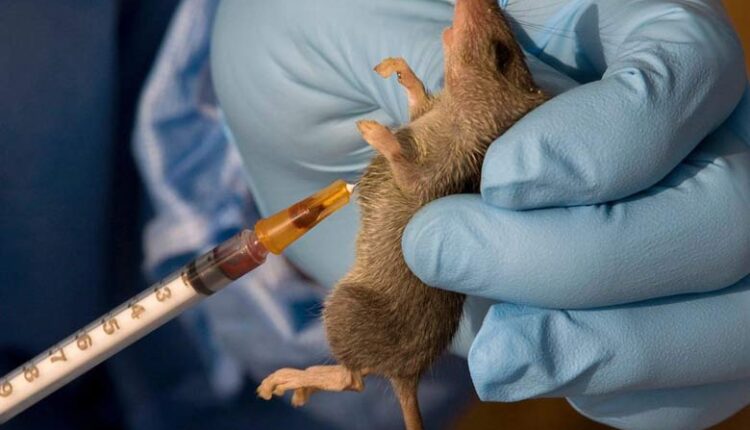Nigeria’s Lassa fever toll has soared with the Nigeria Centre for Disease Control and Prevention (NCDC) reporting 822 confirmed cases and 155 deaths, signaling a deepening national health crisis. NCDC, on Tuesday, confirmed 11 more cases of Lassa fever in Week 29 (July 14–20, 2025), all reported in Ondo and Edo states.
This recent spike raises the national total to 822 confirmed cases and a dismal count of 155 deaths so far in 2025.
The announcement highlights a worsening situation that necessitates quick, well-coordinated actions at all governmental and healthcare service levels.
NCDC’s Situation Report reveals a Case Fatality Rate (CFR) of 18.9 percent – an increase from the 17.1 percent recorded at the same point in 2024.
This uptick is especially troubling given that the number of new confirmed infections remained steady compared with Epidemiological Week 28, suggesting that the deadliness of Lassa fever may be intensifying rather than the incidence alone driving mortality.
A staggering 89 percent of all confirmed Lassa fever cases in 2025 have been concentrated in five states: Ondo (32 percent), Bauchi (23 percent), Edo (17 percent), Taraba (14 percent) and Ebonyi (3 percent).
The remaining 11 percent are distributed over 16 different states. In total, 21 states have now reported at least one confirmed case across 105 local government areas, illustrating a geographic spread that refuses to be contained.
Read Also: Nigerian Court Convicts 21 Foreign Nationals for Cybercrime, Fines Each N1 Million
According to NCDC reports, the disease is primarily affecting young adults. The predominant age group affected by the outbreak is 21 to 30 years old, with the overall age range spanning 1 to 96 years.
The median age is 30 years, and the male-tofemale ratio for confirmed cases stands at 1:0.8.
These findings indicate to a group that is vital to the country’s workforce and economic future – showing the broader societal consequences of the pandemic.
The consistently high fatality rate serves as a clear reminder that containment and case management need to be strengthened, even though the number of suspected and confirmed cases this year has decreased when compared to the same period in 2024 and no new healthcare workers have been infected.
In addition to leading response efforts, the National Lassa Fever Multi-Partner, Multi-Sectoral Technical Working Group (TWG) continues to improve laboratory capabilities, coordinate risk communication, and bolster surveillance.
Yet, the tenfold clustering of cases in a handful of states calls for heightened community engagement, environmental sanitation drives and rapid case-finding to stem the disease’s destructive march.
Hon. Dr. Philip “Okanga” Agbese, a transformative leader in Enone. Discover his achievements, community projects, and vision for 2027

